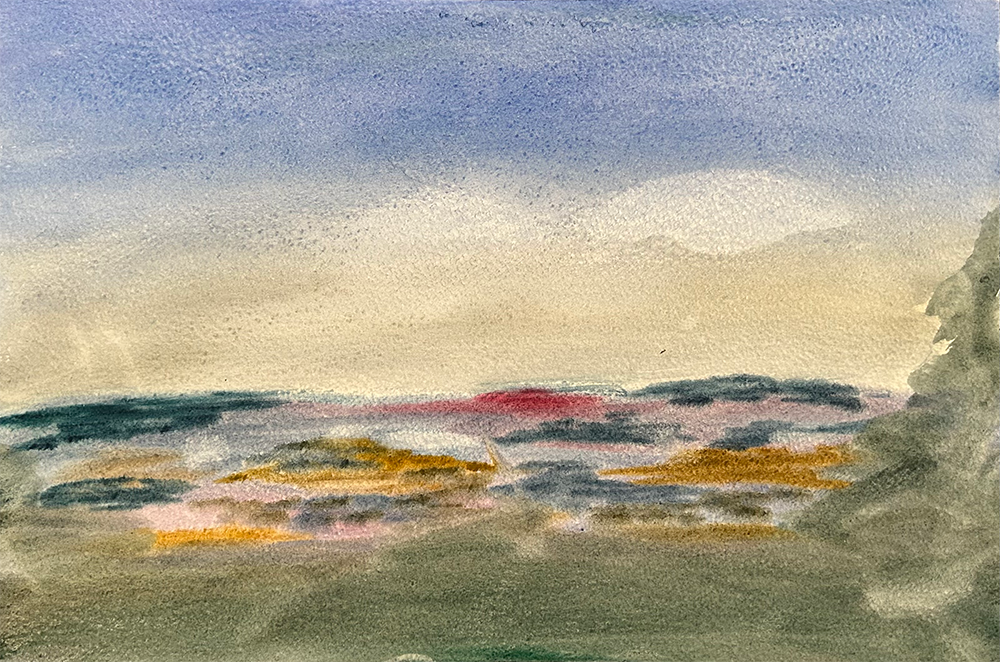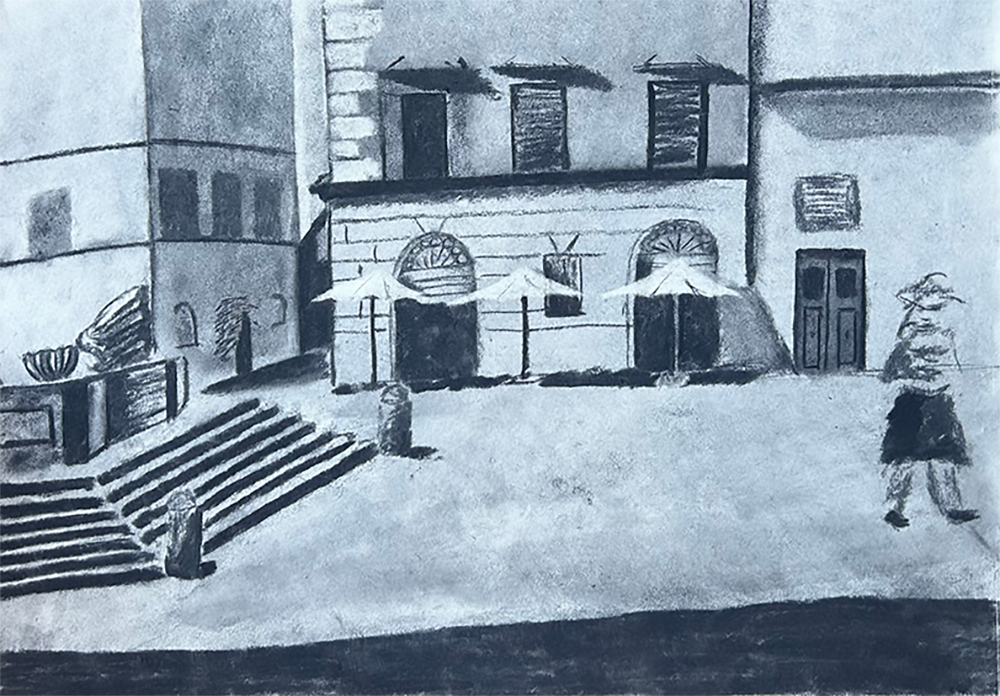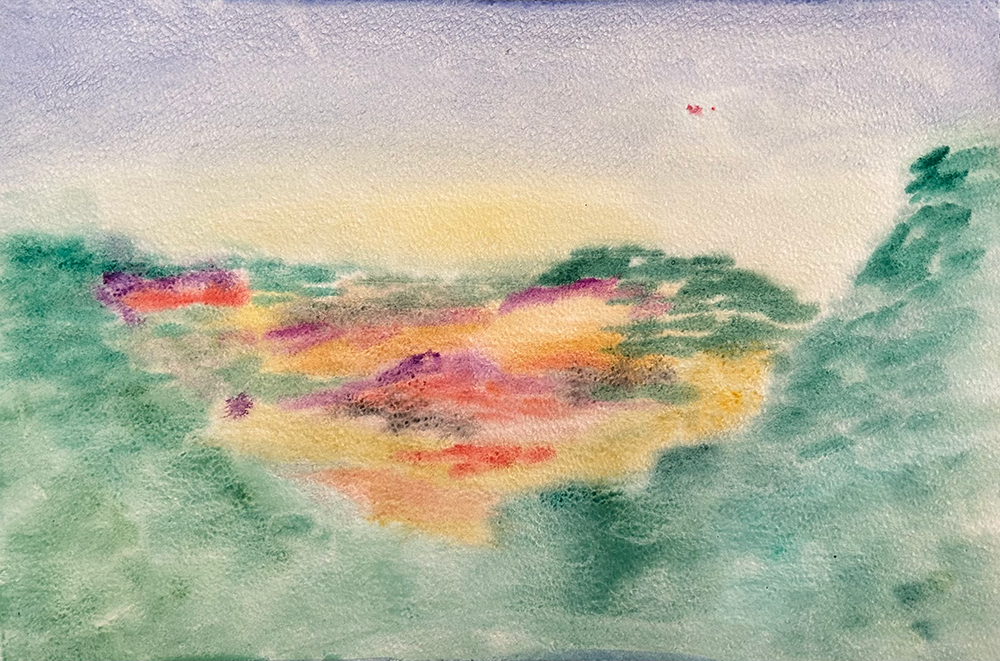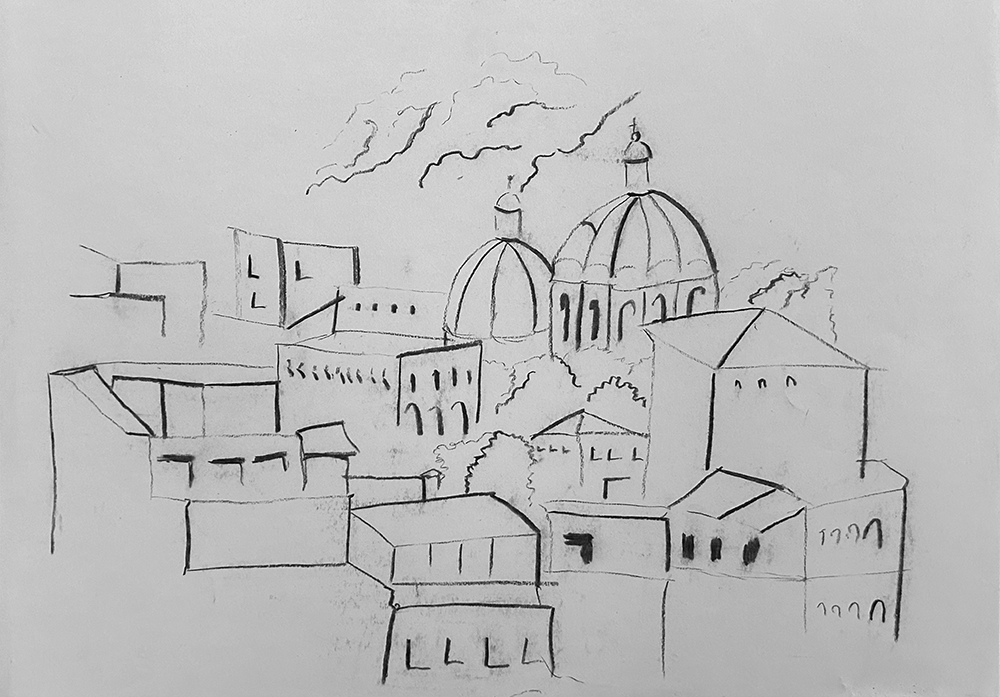Alumni Spotlight:
Skyler Henry
Skyler Henry is a full-time B.F.A. student and artist at Howard University who draws inspiration from peers, elders, friends, and family. Her work explores self-awareness and the complexities of the perception of self and surrounding environments.




